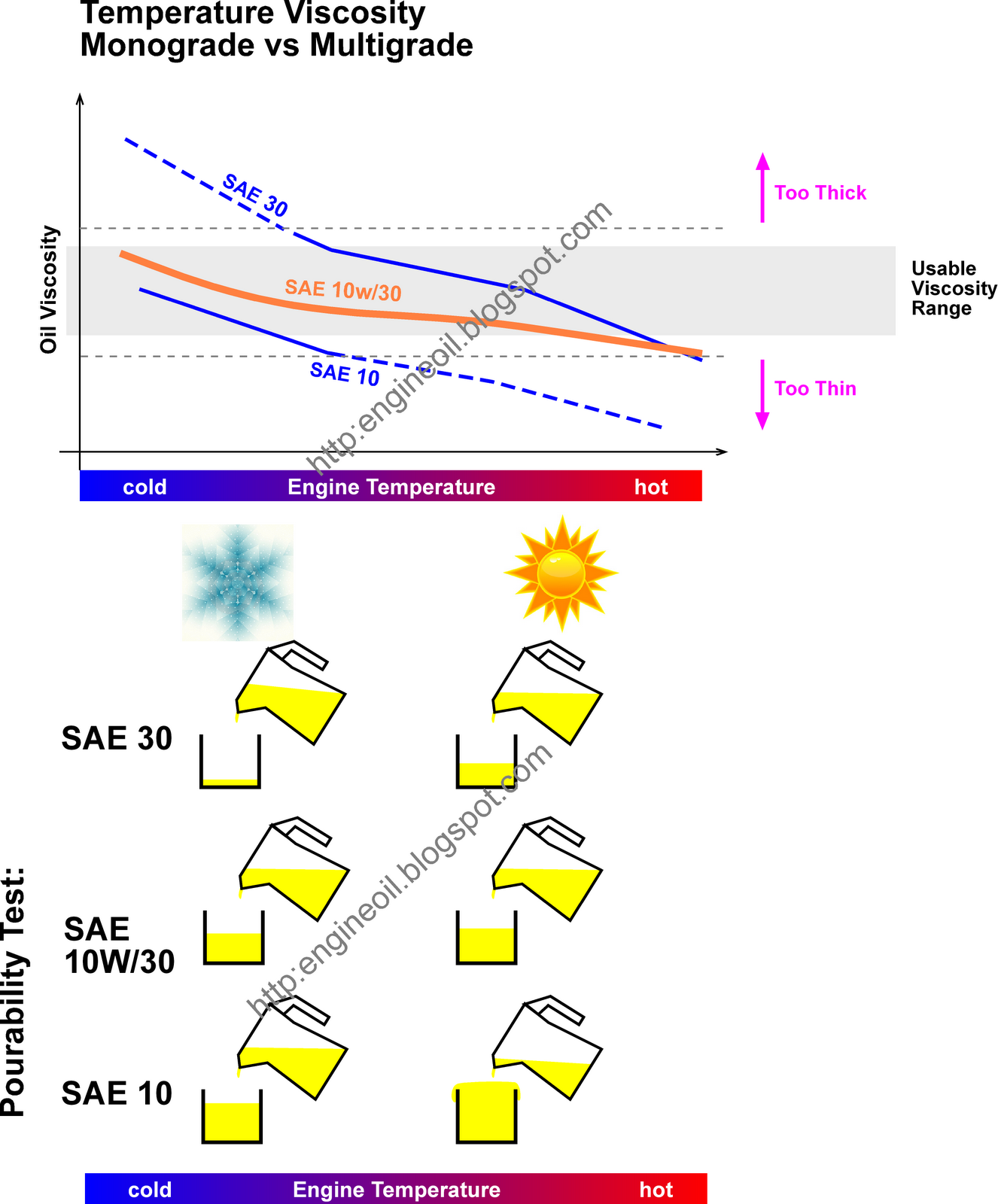
#Engine oil viscosity code
The engine oil number code is to engine oils what a name is to humans.Īnd you just pictured him in your mind. Read on to learn more about the oil viscosity chart to select the right oil for your vehicle’s engine. Instead, SAE has developed an oil viscosity chart you can use to get started within minutes. That doesn’t mean you have to sit in an hour-long lecture on oil viscosity. In other words, understanding how oil viscosity affects your car and which oil is the right one for your car is an important question you should ask yourself before changing your oil for the first time. It dictates how you select the engine oil for your vehicle since a wrong choice can decrease your vehicle’s performance. 20 means the rating of 20 thickness at a warm temperature.Viscosity refers to how difficult it is for a liquid to flow.25W means the rating of 25 thickness at winter temperature.

20W means the rating of 20 thickness at winter temperature.15W means the rating of 15 thickness at winter temperature.10W means the rating of 10 thickness at winter temperature.5W means the rating of 5 thickness at winter temperature.0W means the rating of 0 thickness at winter temperature.By reading this amazing scale one can perfectly and easily determine the right engine oil.Īs far as the grading of engine oils is concerned that there are 11 different gradings of viscosity in engine oils. T stands for the viscosity of the engine oil at high temperatures when the engine is running. W stands for the particular engine in which oil has been tested at low temperatures. QW-T Q stands for the viscosity of the engine oil at low temperatures. This particular scale has been developed by the society of automotive engineers. For the grading of engine oil, an international standard scale is used. Grading of engine oil is no rocket science. To measure viscosity these two units can assist brilliantly. Oil viscosity is measured on the basis of two units which are centipoise and centistoke.Ĭentipoise is the unit which depicts the movement of the different layers of oil under the horizontal force.Ĭentistoke measures the capability of oil to flow under the influence of gravity. It is very simple to measure oil viscosity. This would result in the damaging of the engine and its components. Same, if the oil is too thick then it is not suitable for the engine because the thickness of the oil will not allow the oil to flow into the smaller components. This would increase the friction and this way the components of the engine will wear off. For instance, if thin motor oil has very low pressure then it won’t be able to flow easily through different parts of the engine.
#Engine oil viscosity driver
In case the oil viscosity is not balanced then the driver can get into all sorts of troubles.

Unless the motor oil has a perfect balance viscosity, there is no way that it is going to work fine in a motor. The low viscosity of thin oil helps the oil to resist friction and the thick viscosity help the oil to keep the pressure in check. Thin-oil has low viscosity while thick oil has high viscosity. On the one hand, there is thin oil and on the other hand, there is thick oil. Talking about the types of engine oil, engine oil is of two types. Oil viscosity is the characteristic and ability of an oil to flow smoothly into the engine at a certain temperature.


 0 kommentar(er)
0 kommentar(er)
